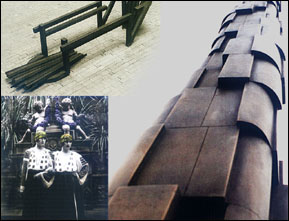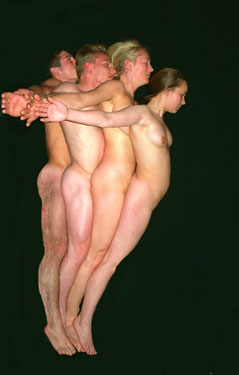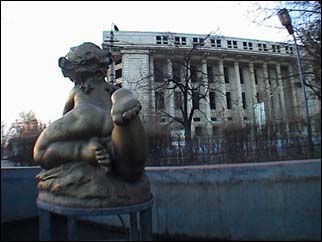Conundrum of Time: Clepsydra
Miha Vipotnik, Gallery of the Université Saint Esprit de Kaslik (USEK) in Beirut, May 2002.
Miha Vipotnik has been a video artist, filmmaker, and commercial director in Ljubljana and Los Angeles for nearly twenty years. He was also the creator and curator of the International Video Bienniale during the 1980s, and earned MFAs in 1990 at the California Institute of the Arts and in 1979 at the Academy of Fine Arts at the University of Ljubljana. His recent works include a video installation Journey to the End of the Ends (2000), a video art piece Gazelle (2000) about the poetics … Read more








